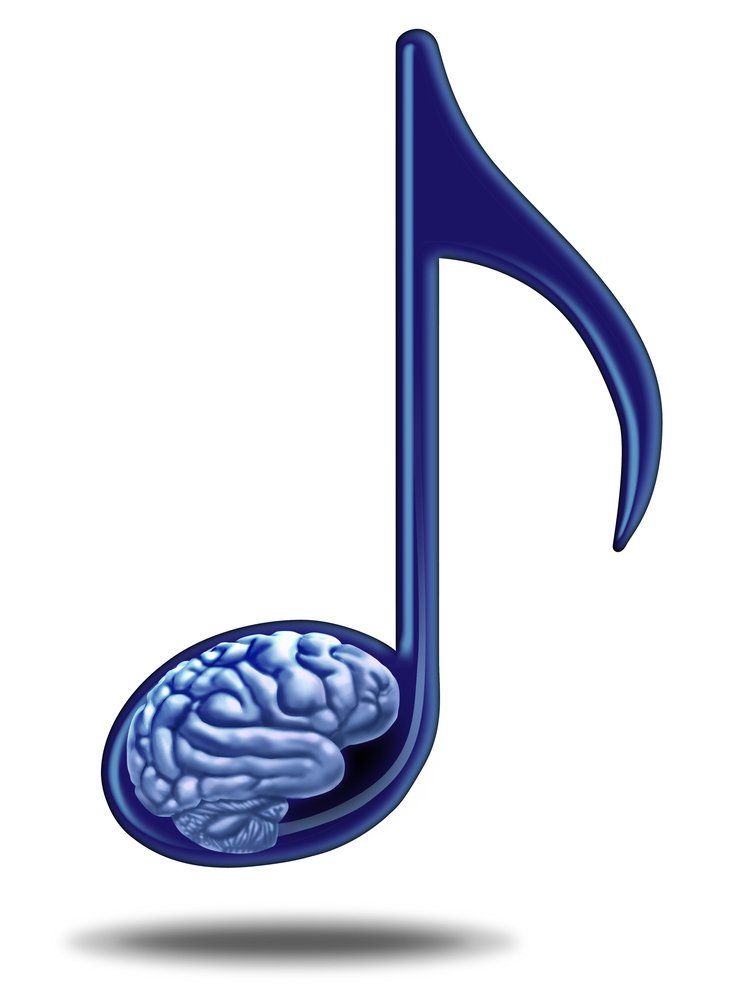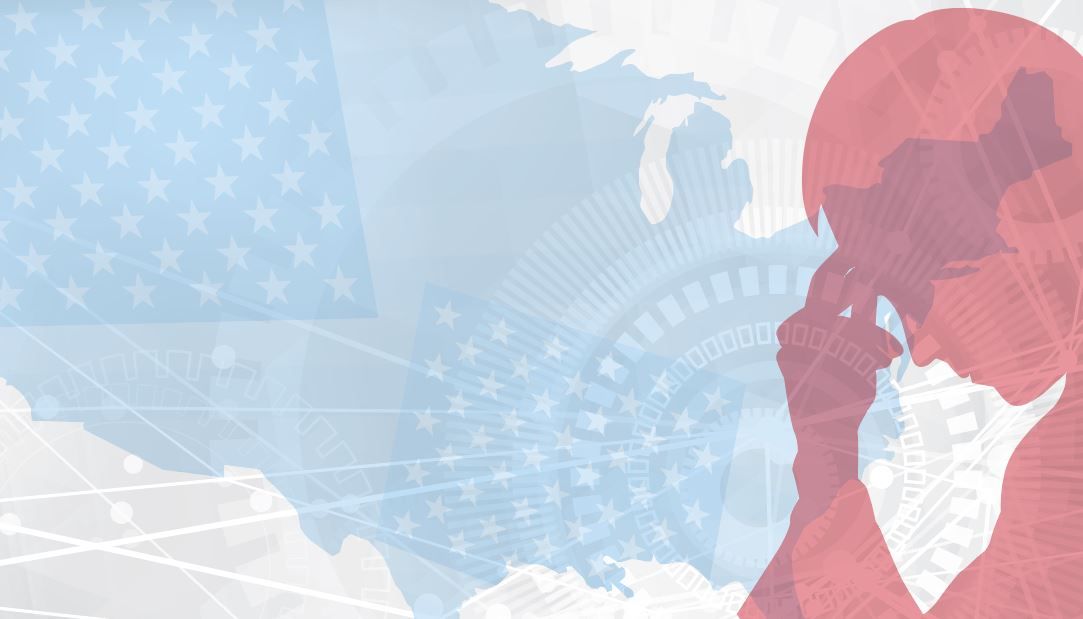Article
Listening in Psychiatry
Author(s):
Most of us listen in one way or another. But listening can be taken for granted, even in psychiatry.
Lightspring/Shutterstock

Sound is the way to express life.
–Denardo Coleman
Most of us listen in one way or another. But listening can be taken for granted, even in psychiatry. Not long ago, my “way of” listening got my attention.
For one thing, despite wearing hearing aids, the hearing in my right ear was deteriorating. Fortunately, I found out it was due to accumulated wax blocking the sound. Then, in a trip to New York City, we went to the Rubin Museum of Art to see, and hear, the “The World in Sound” exhibit. It was devoted to examples and discussion of sound, especially from a Buddhist perspective. Among other reactions, it was said to be a sought after zone for “stressed out New Yorkers.”1
The Fourth of July, as always, has special fireworks, and among the most special are Macy’s, which were accompanied by inspirational music. When there are booming bangs instead, I cringe. They sound more like guns to me, or at least the environmental and hearing hazard of noise pollution, let alone the insult to hearing that caused my hearing loss in the first place. In everyday life, or in psychiatric practice, harsh words can also hurt, though we learn not to take them personally from patients.
Listening with the third ear
What is the role of listening in psychiatry? Is psychotherapy mainly a potential “talking cure,” a listening cure, or both? One of my most memorable lessons from residency training over 40 years ago was to listen with my “third ear.” At the time, psychodynamic psychotherapy was still dominant, and this thereby meant to listen for the underlying meaning of the words, not only the surface content.2 That could include transference implications and symbolic representations. In traditional psychoanalysis, the analyst would say few words, but listened intently. With the newly more popular cognitive-behavioral psychotherapy, surface words are what is paid more attention to, unless there is some block in the progress of treatment.
I learned to apply this method to psychopharmacology. Besides the physiological effects of a medication, what did the patient convey of its psychological meaning? Did the medication stir up dependency issues? Was there a positive placebo hope being conveyed?
No wonder, perhaps, that Peter Kramer named his groundbreaking and bestselling book, Listening to Prozac.3 He wrote this several years after Prozac became the first of the new wave of SSRIs. Though touted to relieve depression with fewer adverse effects than earlier antidepressants, Dr. Kramer listened more deeply to what patients were saying at the time they were prescribed Prozac, concluding that it helped alter, for the better, certain undesirable personality traits, such as irritability.
The same principle and parallel process can be applied to the relationship of clinicians to administrators. Just as patients need to be heard by their clinicians, and then responded to appropriately, clinicians need to be listened to by their administrators. Without listening to and empowering clinicians to do their desired healing, the stage is set for developing burnout, which will then feed back into not hearing their patients as well, with poorer clinical outcomes.
When listening is not practiced, there can be mutual silence for some period. Here, we should hear what the silence may mean: thoughtfulness, fear, irritability, or something else. This silence can be golden, or fool’s gold. It depends on the interpretative skill of the clinician to ascertain which it is.
Another complication of true listening is when patients come from different cultures with language limitations. Interpreters may be needed, most obviously with the hearing impaired when one does not know sign language.
In a crisis, listening for subtler messages is nearly impossible. That may need to come after the crisis is over.
Tonality
I don’t know about you, but over time I came to pay quite a bit of attention to the tonality of the initial words spoken in any given session. That conveyed a patient’s mood that day and helped me tune in empathically right away.
Such tonality is part of non-verbal communication during sessions. Often, more information is contained in this kind of communication than in the actual words. The tone of closing words can even convey how well a session went.
It is essentially this variation in tonality that is missing from written online communication. That limitation should evoke caution about doing any substantial treatment online. Telepsychiatry, though, allows an approximation of face-to-face verbal tonality.
Generous listening
Can listening be therapeutic? Physician Rachel Naomi Reven thinks so. She calls it “generous listening,” which she feels she can teach young physicians.4 This kind of listening contains such components as curiosity and vulnerability, which can yield better questions that invite honesty, dignity, and revelation.
Generous listening is almost the opposite of the rapid-fire questioning encouraged by those who want us to spen less time with patients. Consequently, physicians are tempted to find out as quickly as possible about the patient’s symptoms and any adverse effects of medications.
Music therapy
For most people, among their favorite listening experiences is hearing music they love. Of course, sometimes the music that one loves sounds painful to someone else, or at least not of much interest.
Like listening to words with a “third ear,” there can be “deep listening” to music, too, as developed by musician Pauline Oliveros. She would instruct people to meditate while listening to-or singing-trance-like music.
When we are attending a designated music event, we expect to hear music! That is one of the reasons the John Cage infamous composition, 4’33,” which consisted entirely of no music for over 4 minutes, was so irritating to many. Yet, it allowed deeper attention to the ambient sounds all around us.
Music therapy has found more of a place in neurology than psychiatry. Early life beloved music is one of the last memories to be lost in some dementias, so playing such music can be stimulating for patients with that disease. Music therapy can also include rhythmic stimulation and movement.
Though not traditionally part of psychotherapy, a novel new study shows some promise.5 It used patient-selected music to help reduce social anxiety by associating the music to benign, rather than threatening, faces.
As discussed in a recent issue of American Journal of Psychiatry,6 speculation on the study results included the often used quote that music can “soothe the savage breast.” Another possibility discussed was that music could have served as a biofeedback loop to help guide patients toward better awareness of gaze and how to control their reaction to it.
Infant and mother listening
Perhaps the prototype of these listening variations (the third ear, tonality, generous, and musical) may lie in the most basic relationship of humanity-mother and baby. Modern research confirms what most mothers around the world have suspected-that their babies in utero can hear, learn, and remember in the ways newborns do.7 No wonder, evolutionarily speaking, mothers talk to the baby in utero with such soothing sounds and simple words.
In this regard, the infant is like the psychiatrist, listening and learning what they can. After being born and being able to express their own sounds and then words, the roles change so that the mother becomes the prototype psychiatrist, needing to decipher what the sounds mean and to thereby respond appropriately, a la Winnicott, as a good-enough mother.
Listening recommendations
Many online music search services provide recommended listening-music related to what that the listener already likes. Similarly, when we hone our clinical listening skills, we can make discover new ways to help our patients. These include:
1. Therapeutic listening
Take time to listen in depth, even in brief medication visits. Include listening to the patient’s tonality and to any underlying meaning. The same process can be applied to administrators with clinicians.
2. Listen to yourself
Other than during our training, we often don’t listen carefully to how we ourselves sound in our work. Occasionally, with patients’ permission, tape the session to see how your own tonality sounds, how well you are listening, and whether what you are saying seems understood and valued by the patient.
3. Re-hearing sessions
Since sound is so evanescent, consider when a patient might benefit from later listening to their sessions, including what they may have missed or passed over. That follow-up listening can be done within a session or, if at home, to be sure that it is kept private and confidential.
4. Obtain a music history
Though not an item in our usual templates for obtaining a patient history, find out what music the patient likes and dislikes, and why. That may provide some insights that can’t be obtained elsewhere. Connected to that, understand your own counter-transference reactions to sounds and music from your own past.
5. Documenting sound
Usual and customary record-keeping is usually bereft of the documentation of clinical sound. Until there is a technical way to include sound in EHRs, the best we can do is the include a description of any presence it has in our sessions.
6. Listen with varying intensity
Physicians other than psychiatrists often wonder why we psychiatrists claim to be more tired than they, even if we work fewer hours. This side effect comes from empathic listening. It can be done for too long, whether daily or over time, so we need to be able to vary our listening intensity to avoid compassion fatigue.
Conclusions
A positive therapeutic alliance undergirds just about all successful psychiatric treatment. An essential aspect of that relationship is for patients to feel they are really being heard by the clinician. Effective listening is crucial for the well-being of infants, mothers, patients, clinicians, therapists, and, really, most any relationship.
References:
1. Russell A. New York’s Collective Om. The New Yorker. July 10 & 17, 2017. http://www.newyorker.com/magazine/2017/07/10/new-yorks-collective-om. Accessed August 1, 2017.
2. Langs R. Listening Process. Lanham, MD: Jason Aronson, Inc; 1979.
3. Kramer K. Listening to Prozac: A Psychiatrists Explores Antidepressant Drugs and the Remaking of the Self. New York: Viking Penguin; 1993.
4. Remen RN. My Grandfather’s Blessings: Stories of Strength, Refuge, and Belonging. New York: Riverhead Books; 2001.
5. Lazarov A, Pine D, Bar-Haim Y. Gaze-contingent music reward therapy for social anxiety disorder: A randomized controlled trial. Am J Psychiatry. 2017;174:649-656.
6. Ball S: Harnessing the power of gaze through music. Am J Psychiatry. 2017;174:611-612.
7. Partanen E1, Kujala T, Näätänen R, et al. Learning-induced neural plasticity of speech processing before birth. Proc Natl Acad Sci U S A. 2013;110:15145-15150.





